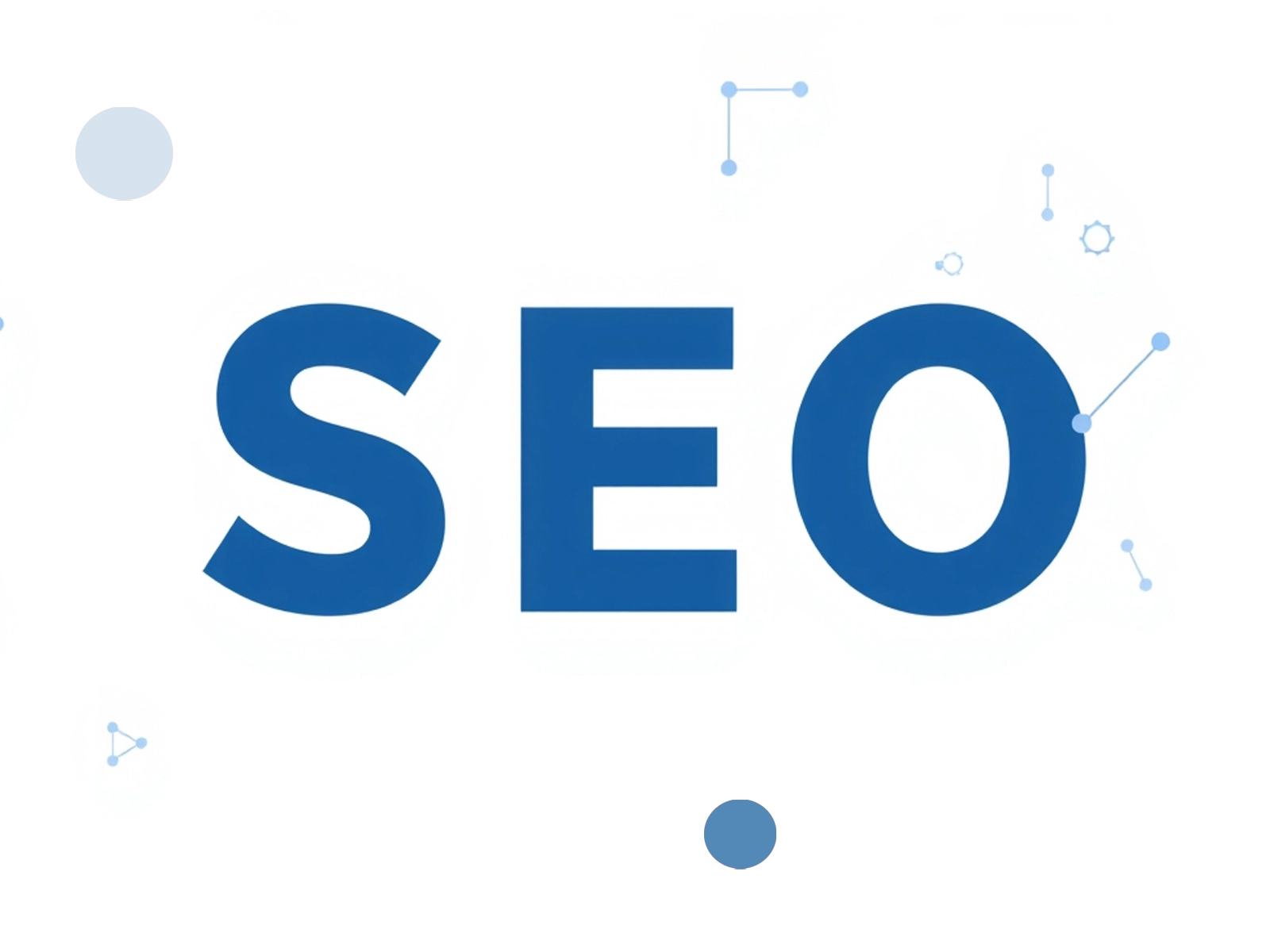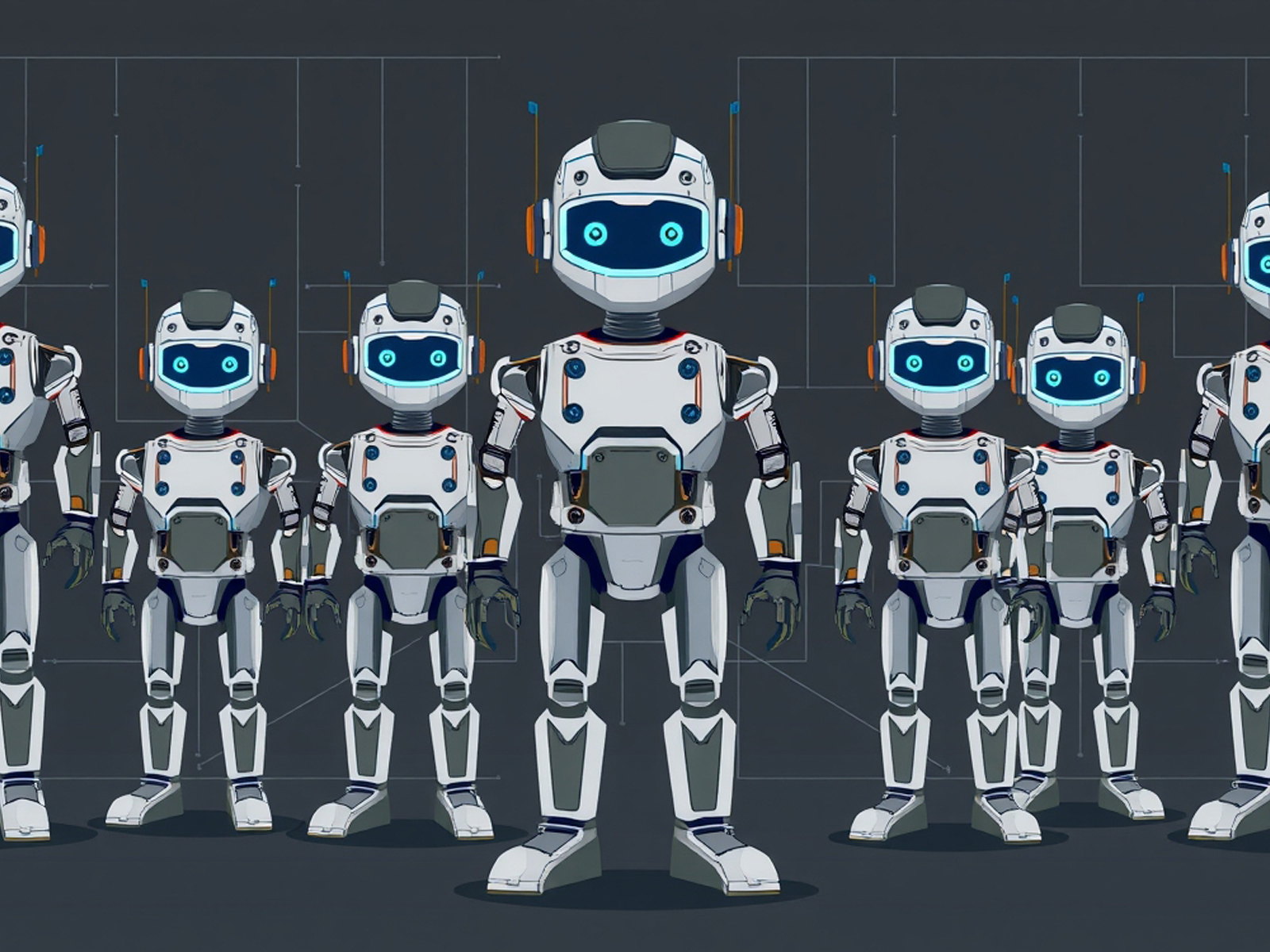
Types of landing pages and when to use them

Brand perception: how to measure and shape it

Blind Spots in SEO: How to Adapt Reporting to Limited Search Data

8 minutes
Search technologies are evolving at an unprecedented pace, and 2026 may become a turning point marking a final departure from the traditional search model.
Over the past year, artificial intelligence has significantly changed how users discover, decide, and purchase — effectively shortening the classic customer journey and reducing the number of touchpoints by nearly half.
According to Gartner’s forecast, by 2026 around 25% of global search queries will be processed by AI-powered assistants and large language models (LLMs), replacing a significant portion of traditional search scenarios.
The impact of this shift is already visible: traffic from LLMs shows exponential growth, indicating a massive change in how users interact with information.
To stay competitive, marketers must build closed ecosystems of content and experience, as Answer Engine Optimization (AEO) and Generative Engine Optimization (GEO) are becoming strategic priorities for brands.
As Bruce Clay, founder and president of Bruce Clay Inc., notes:
“AI-driven search will further decrease traffic for many sites, disrupting the balance of the digital ecosystem.”
Today, using artificial intelligence is not optional — it’s a prerequisite for a brand’s survival in a competitive environment.
Most current marketing systems were not designed to operate in an AI-first paradigm. Fragmented tools, siloed data, and lack of end-to-end integration complicate campaign management and lead to unstable performance.
To achieve sustainable results in 2026, companies must implement integrated, cross-functional, and omnichannel systems that unify data, content, and customer experience into a single interaction logic.
Preparing a brand to operate in an AI-driven environment requires rethinking data, technology, and customer experience, while maintaining unity and consistency of brand communication.
The key goal is to ensure personalized content and readiness for agent-based interactions, where AI assistants act on behalf of the user.
This transition begins with the evolution of search itself. The main change lies in abandoning the “query–response” model in favor of dynamic, contextual, and logically coherent interaction.
Traditional search can be compared to a game of chess — sequential and predictable. AI-powered search, however, is more like a jazz performance, where answers are formed continuously and adaptively.
The user experience is shifting from browsing link lists to receiving synthesized, holistic responses directly within the query interface.
Instead of the familiar keyword–index matching, AI applies a query fan-out mechanism, which involves:
As a result, the traditional marketing funnel is shrinking. AI search can move users from intent to conversion within minutes, dramatically accelerating decision-making.
Current observations show that AI-driven traffic converts 3–8 times better than traditional search sources.
According to Crystal Carter, Head of AI Search and SEO Communications at Wix:
“Traffic from LLMs like ChatGPT or Perplexity is becoming increasingly distinct from Google Search. This requires separate optimization and analytics strategies.”
At the same time, new types of search intents are emerging, including “generative” (e.g., “create an image”) and “intentless” (e.g., “thank you”). They already make up nearly half of all LLM interactions and don’t involve visiting websites.
Search is becoming action-oriented: AI systems can now book tables, schedule appointments, or complete transactions — meaning even transactional customer journeys no longer have to end on a brand’s website.
The primary goal for brands is no longer to be the end point of search.
Now, the mission is to be present everywhere your audience exists.
This marks a transition from the “website-as-a-destination” model to a “brand-as-a-data-source” model that supports the AI agent ecosystem.
AI systems favor structured, consistent, and trustworthy data, so traditional marketing “silo” architectures must give way to fully integrated omnichannel approaches.
Ideally, AI agents should have full access to a brand’s structured data to form contextually relevant and accurate responses aligned with user intent.
As Bill Hunt, President of Back Azimuth Consulting, emphasizes:
“AI agents like ChatGPT are evolving from systems that answer questions to tools that complete transactions. In 2010, it was critical to be crawled by Google. In 2026, it will be just as critical to be ‘called’ through APIs and integrations.”
In this new reality, websites transform from sales platforms into structured data repositories, built not only for human visitors but also for AI systems that retrieve, analyze, and use that data to make decisions on users’ behalf.
To remain competitive in 2026 and beyond, brands must ensure visibility across all relevant platforms. Below are seven strategic priorities and trends defining the future of search and martech.
The foundation of search is shifting from traditional indexing to the Generative Experience Optimization (GEO) model.
Its core principle is retrievability — the ability of AI systems to easily find, interpret, and utilize high-quality content.
To adapt, a website should serve as a centralized data hub, connecting all brand content and digital assets, accessible to both humans and AI systems.
Technical optimization recommendations:
robots.txt file;Local search is transforming — from accuracy verification (Local 1.0) and profile completeness (Local 2.0) to personalized experiences in the Local 3.0 phase.
AI models such as Google AI Mode increasingly rely on local sources like Google Maps and online directories when forming responses.
Therefore, it’s crucial to ensure:
The main challenge today is not just creating content but building a connected experience across all touchpoints.
Companies are integrating AI into their Digital Experience Platforms (DXP), which are evolving from static repositories into intelligent, AI-driven systems shaping real-time user experiences.
The AI content cycle includes four stages:
1. Insights — Use AI tools to identify user intents and content gaps. Base your strategy on actual search behaviors.
2. Creation — Develop deep, structured, AI-oriented content. Apply entity-based SEO and schema markup to boost thematic authority and data interpretability. Ensure machine-readability across text, images, and video.
3. Distribution — Maintain a single publishing source to ensure consistency across channels. Use IndexNow to accelerate AI discovery.
4. Monitor & Iterate — Test AI search visibility, measure results, and continuously refine your strategy.
As Bill Hunt notes:
“AI search systems synthesize information from the entire ecosystem, not from individual pages. Marketing leaders must ensure their digital presence functions as one system, not a collection of isolated campaigns.”
In today’s environment, traditional SEO gives way to “relevance engineering” — a systematic approach to creating structured content that enhances semantic accuracy and keeps brands visible in an AI-driven world.
If the content ecosystem attracts audiences, the experience system converts them into customers — particularly crucial in a zero-click search world where users engage with results without visiting websites.
An effective model relies on a feedback loop, where every stage generates data for improving the next.
As a result, a closed growth loop emerges, continuously improving engagement, loyalty, and brand velocity.
As search becomes more agentic, user expectations for seamless digital interaction grow.
To meet these expectations, brands should deploy AI agents that coordinate customer journeys and automate business processes.
The key lies in building specialized vertical agents trained on the company’s proprietary data.
Their presence across all funnel stages enables hyper-personalized omnichannel experiences.
Such agents also unlock internal efficiencies — automating marketing workflows, reporting, and communications, reducing operational costs, and improving agility.
As AI increasingly fulfills user intent directly within search results, traditional metrics — rankings, clicks, CTR — are losing relevance.
They are being replaced by new performance indicators, including:
As Ray Grieselhuber, CEO of Demandsphere, explains:
“Traditional KPIs like impressions and clicks are unreliable. Today, marketers should focus on user behavior and share of voice. Those who ignore visibility within AI responses will cede ground to competitors.”
Thus, citation becomes the new ranking, and SEO’s main task shifts to retrievability optimization rather than position-based ranking.
Fragmented tools and disconnected data lead to inefficiency and higher costs.
To avoid this, companies must move toward integrated marketing platforms that ensure coherence, transparency, and a single source of truth.
An integrated ecosystem enables brands to:
In 2026, artificial intelligence will cease to be a tool — it will become the architect of the customer journey.
AI assistants, already processing a quarter of global search queries, are shortening marketing funnels and creating a new landscape where user interaction may occur without a website visit.
Brands must evolve from being destinations to becoming trusted data sources for AI systems.
This means:
The brands that will succeed are those that:
Read this article in Ukrainian.
Say hello to us!
A leading global agency in Clutch's top-15, we've been mastering the digital space since 2004. With 9000+ projects delivered in 65 countries, our expertise is unparalleled.
Let's conquer challenges together!
performance_marketing_engineers/
performance_marketing_engineers/
performance_marketing_engineers/
performance_marketing_engineers/
performance_marketing_engineers/
performance_marketing_engineers/
performance_marketing_engineers/
performance_marketing_engineers/